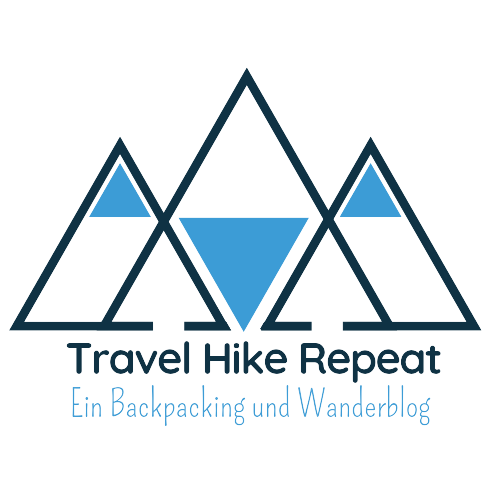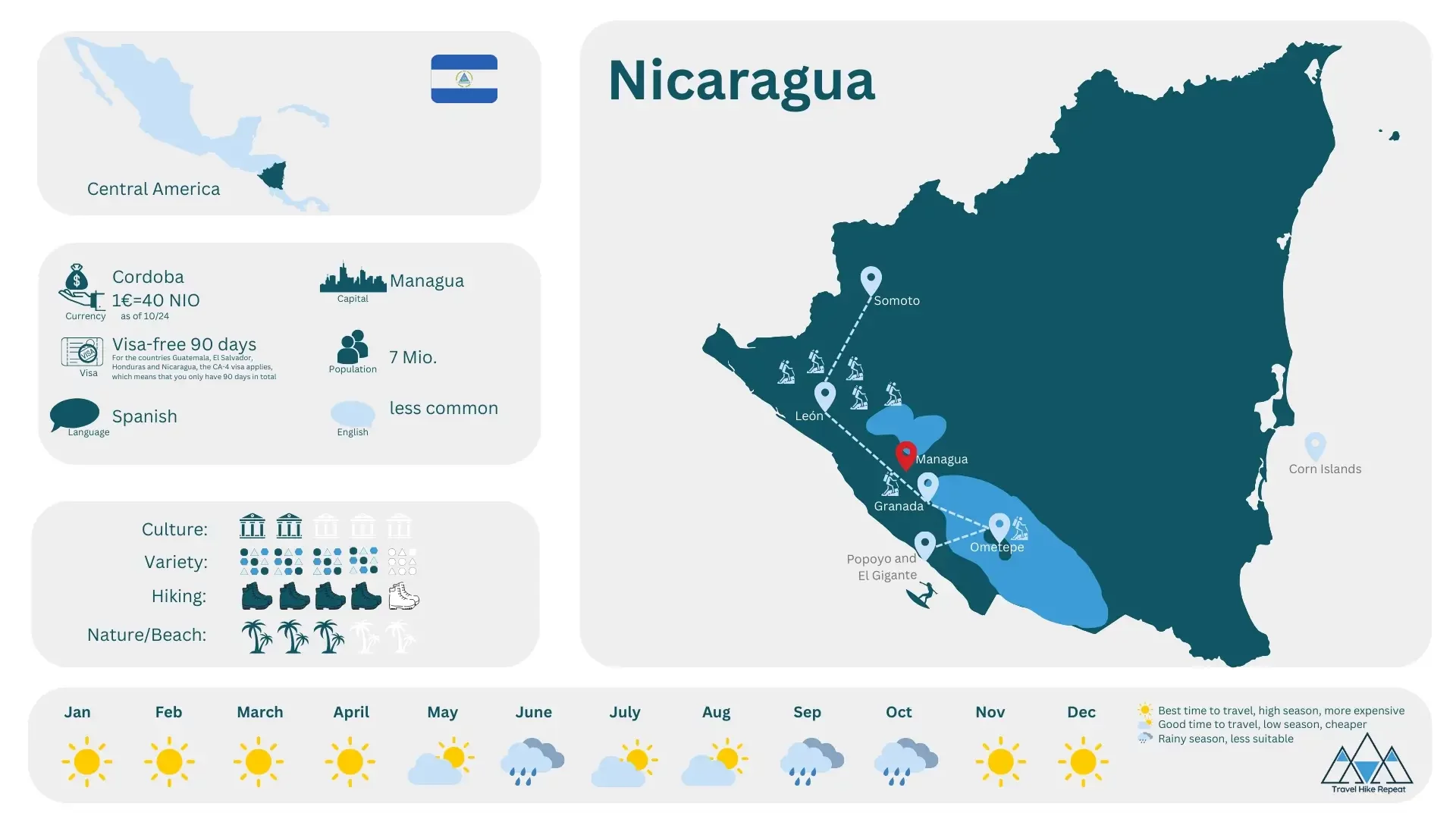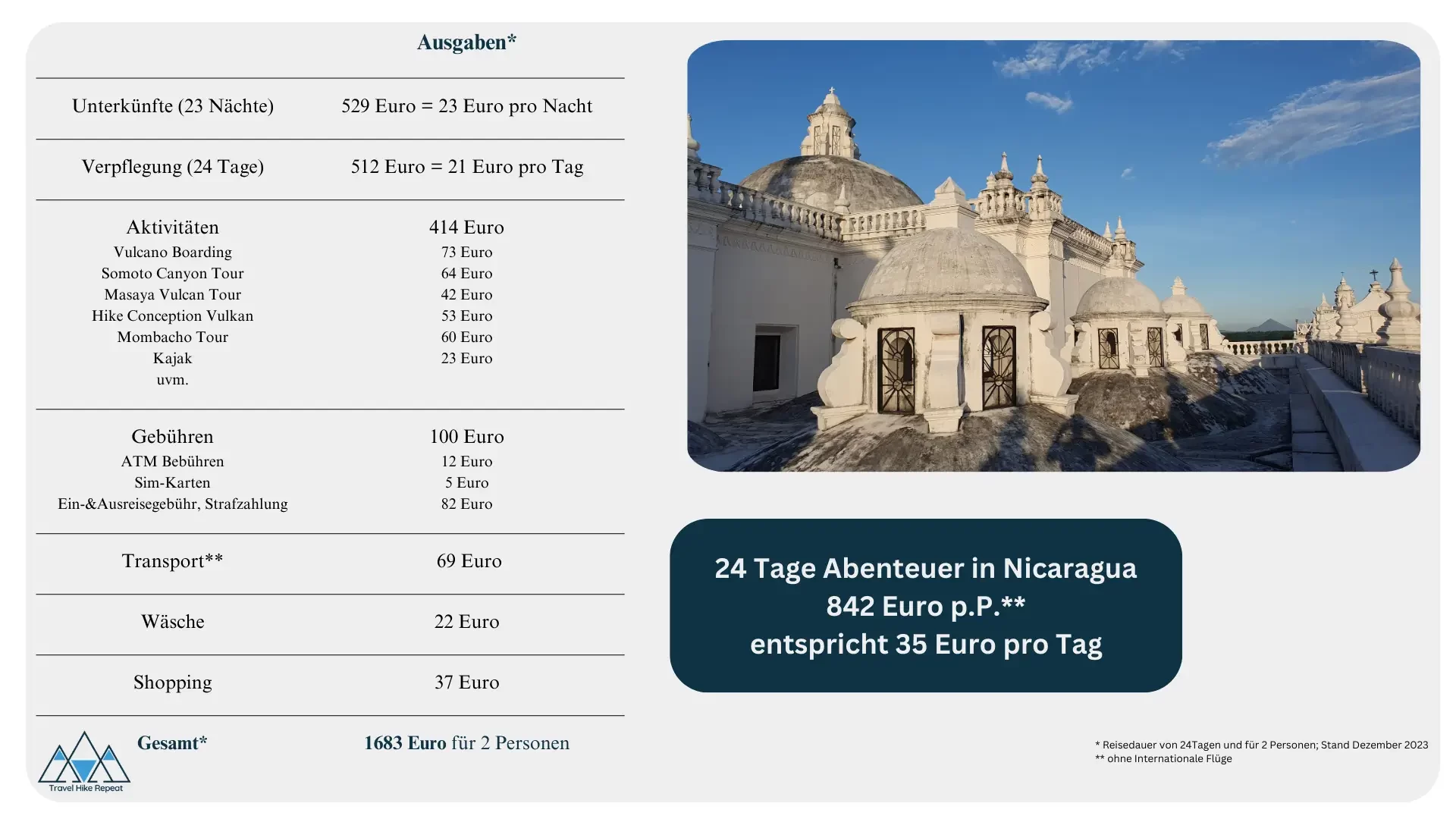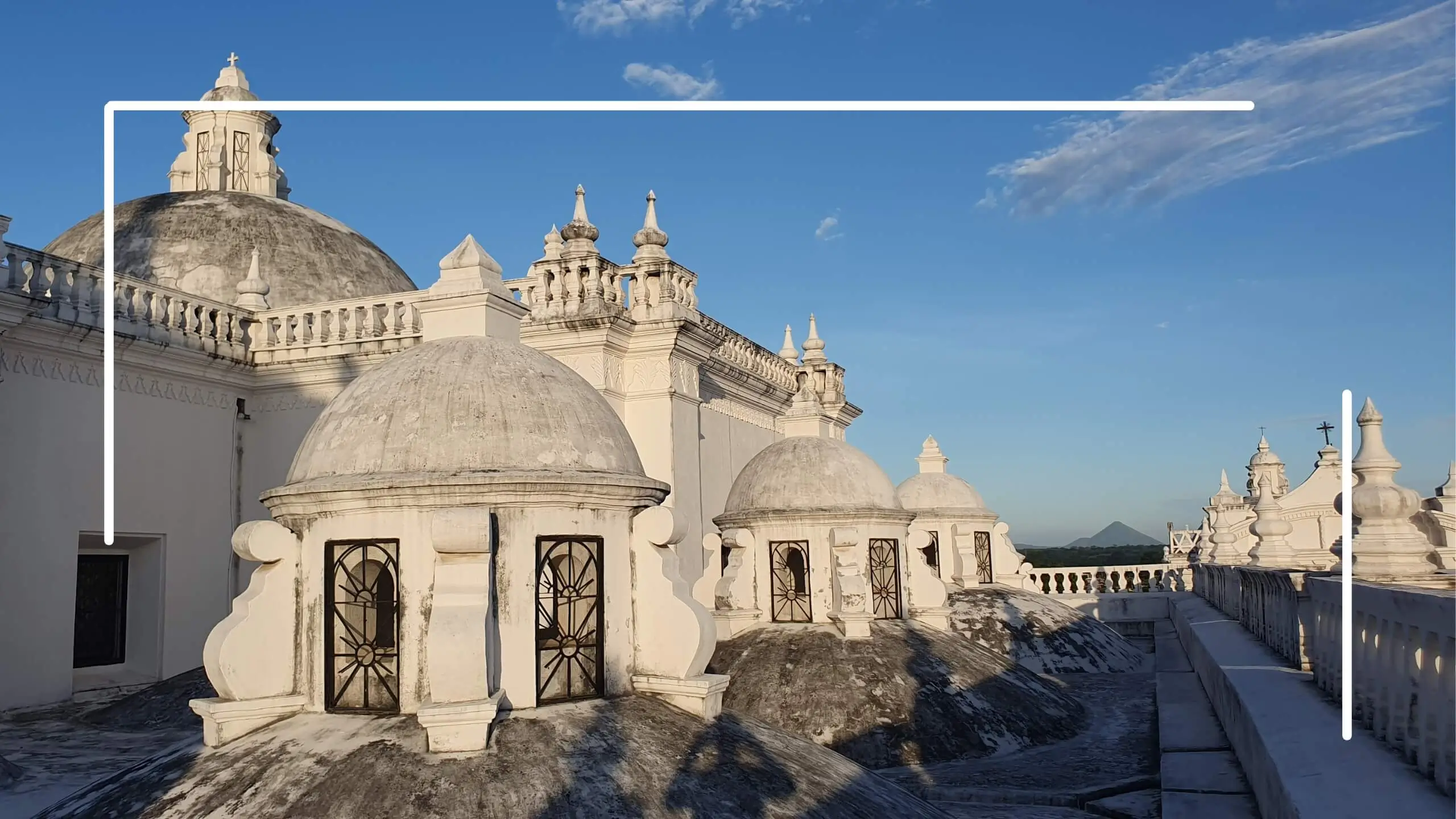
Nicaragua
Nicaragua Backpacking Travel Guide: Your Ultimate Itinerary to the Best Highlights and Outdoor Adventures
Nicaragua is a paradise for adventurers and backpackers seeking authentic experiences in untamed nature. From active volcanoes ripe for climbing and charming colonial cities, to unique canyoning adventures and idyllic Pacific beaches perfect for relaxing or surfing, the country offers an incredible range of experiences for your next trip. With its low cost of living and the warm hospitality of the locals, Nicaragua is an attractive destination for solo and low budget travellers. Get inspired by its natural beauty and discover this captivating country!
Here you will find a great itinerary and valuable tips on places in Nicaragua that you should definitely visit.
Itinerary & Key Facts
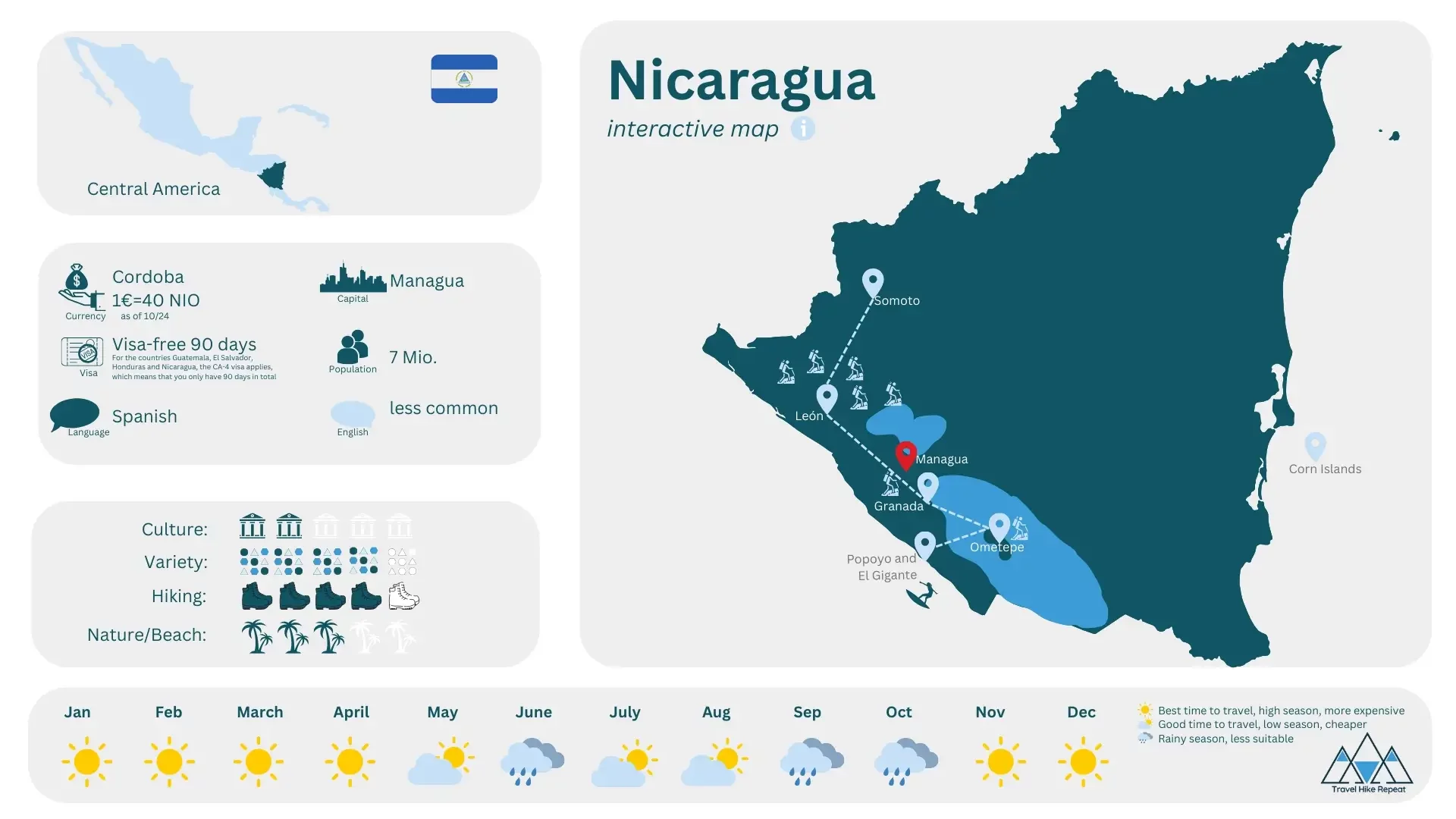
León
- cultural capital of Nicaragua
- colonial streets, street art, stunning churches
- largest cathedral in Central America, with panoramic sunset views from the roof
- volcano boarding at Cerro Negro
- hike to several volcanoes
Somoto Canyon
- hidden gem
- untouched nature
- Canyoning Tour – swim, climb, and explore the breathtaking rock formations
Granada
- Masaya Volcano - watch lava bubbling after dark
- kayaking to the nearby islands
- hike the Mombacho Volcano
- Party at the tree house
Ometepa
- island in Lake Nicaragua
- hike Concepción vulcano
- waterfall hike
- scooter tour
- beautiful sunsets
Pacific Coast: Popoyo and El Gigante
- surfing
- laid-back beach atmosphere
- relaxing
Corn Islands
- true tropical paradise with palm-fringed beaches, crystal-clear waters
- diving and snorkeling
- relaxing and sun bathing
- untouched beauty
Telica Volcano
- Duration: 8 h
- Distance: 22 km
- Altitude meters: 900 m
- Level: moderate
Concepción Volcano
- Duration: 8-9 h
- Distance: 12.5 km
- Altitude meters: 1450 m
- Level: difficult
El Hoyo Volcano
- Duration: 4 h
- Distance: 11 km
- Altitude meters: 540 m
- Level: moderate
Mombacho Volcano
- different routes
- easy hikes
Cerro Negro Volcano
- volcano boarding and hiking
- easy 30 min hike
- lots of fun
San Cristóbal Volcano
- highest volcano in nicaragua
- difficult hike
- go with a tour
Momotombo Volcano
- Duration: 6-8 h
- Level: difficult
Go to the individual destinations and find out more about the stations.
Click on them to go to the respective article.
Highlights
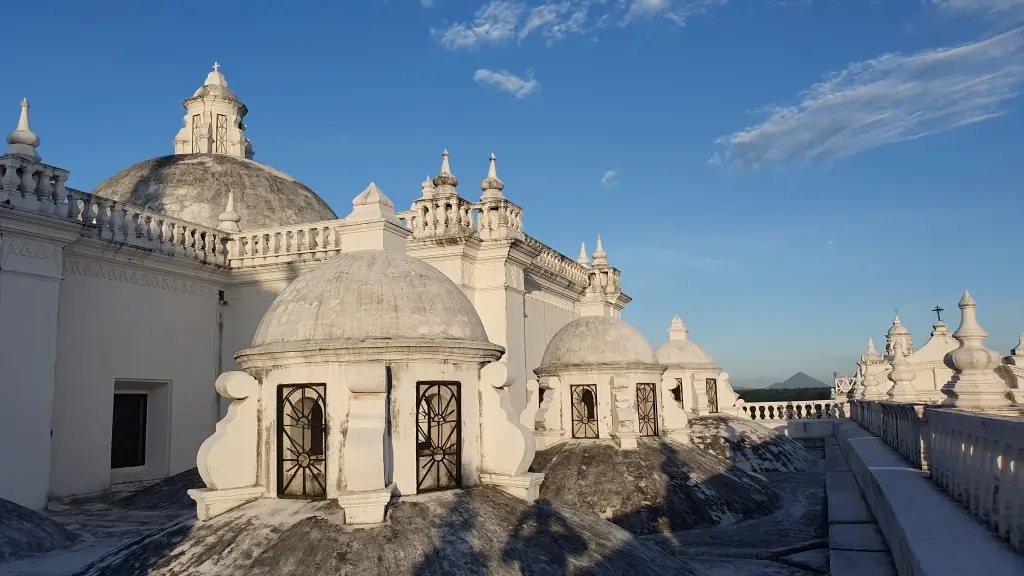
León
As the cultural capital of Nicaragua, León is a must-visit for backpackers interested in history, art, and adventure. Wander through its colonial streets, visit stunning churches, and take on the thrilling challenge of volcano boarding at Cerro Negro – ideal for adrenaline junkies! You’ll also find the largest cathedral in Central America, with panoramic sunset views from the roof. Surrounded by volcanoes, León serves as the perfect base for hiking, volcano boarding, and camping. Whether you’re traveling solo or with a tour, León offers adventures to suit every taste.
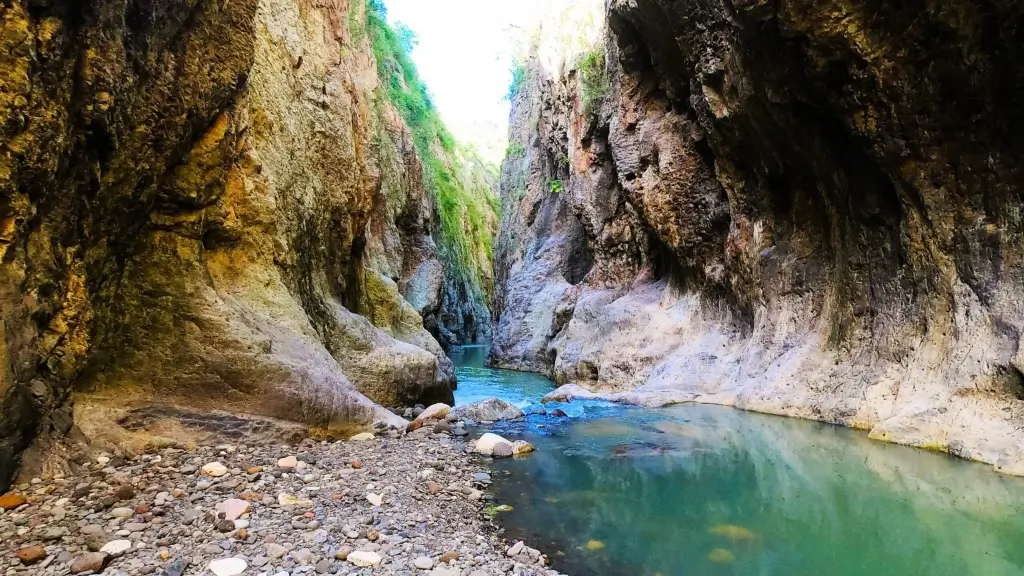
Somoto Canyon
Tucked away in the north of Nicaragua, Somoto Canyon is a hidden gem, off the usual backpacker path. Here, you’ll find the perfect mix of adventure – swim, climb, and explore the breathtaking rock formations of this remote canyon. It’s a rare opportunity to experience untouched nature, with activities like cliff diving and gliding through crystal-clear waters. A true insider’s secret!
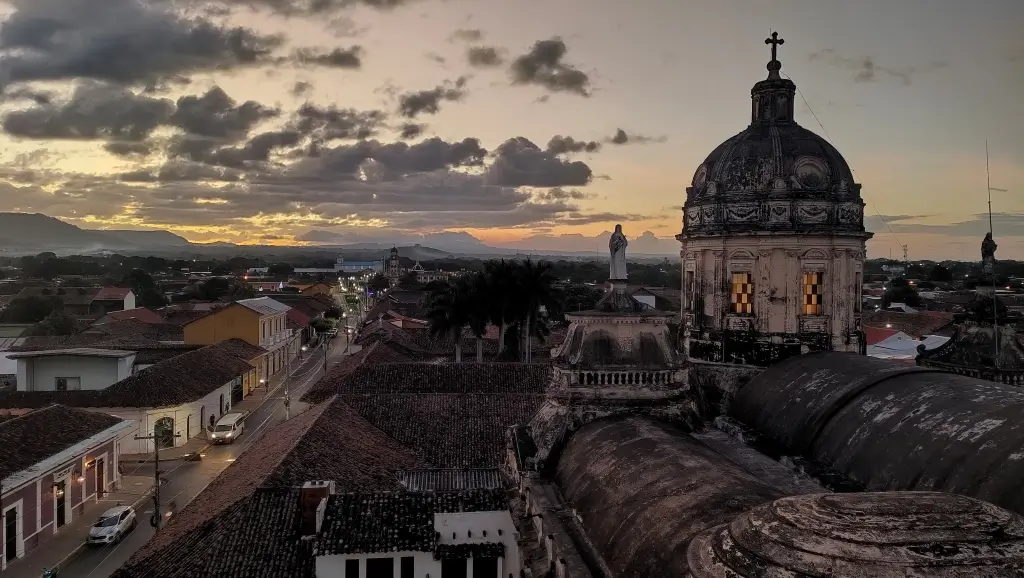
Granada
Granada, with its vibrant colonial buildings, cobblestone streets, and lakeside setting on Lago Cocibalca, invites you to take your time. One of the highlights is a visit to the nearby Masaya Volcano, where you can watch the lava bubbling after dark. In addition to exploring the city, you can take a kayak tour of the nearby islets or hike the Mombacho Volcano. Granada is truly a must-see destination in Nicaragua!
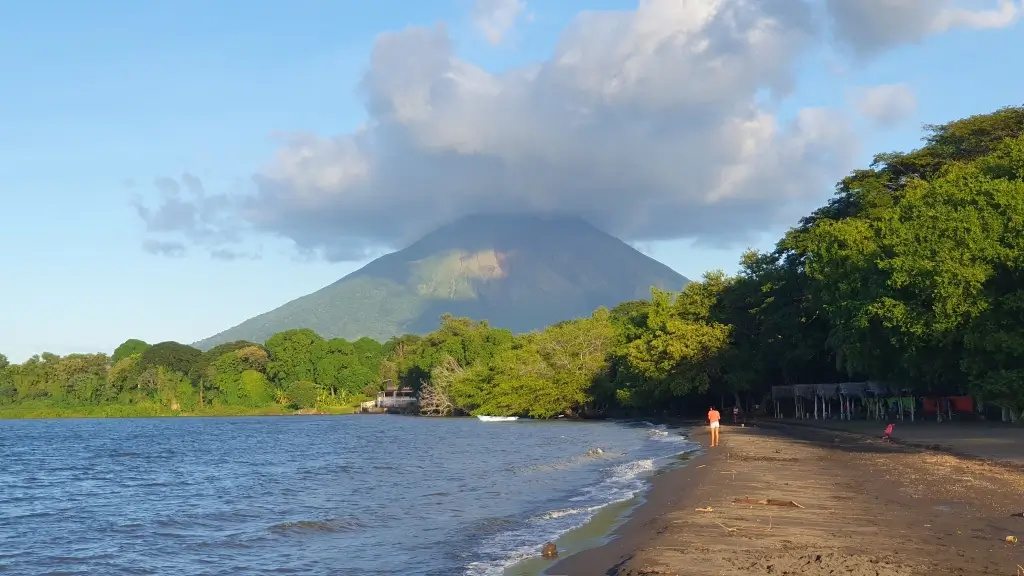
Ometepe
Ometepe, an island in Lake Nicaragua, is home to two majestic volcanoes – Maderas and Concepción. It’s a paradise for outdoor enthusiasts, offering tropical forests, waterfalls, and serene beaches. Whether you’re exploring by scooter, kayaking, or hiking up volcanoes, Ometepe is an adventure-lover’s dream!

León
As the cultural capital of Nicaragua, León is a must-visit for backpackers interested in history, art, and adventure. Wander through its colonial streets, visit stunning churches, and take on the thrilling challenge of volcano boarding at Cerro Negro – ideal for adrenaline junkies! You’ll also find the largest cathedral in Central America, with panoramic sunset views from the roof. Surrounded by volcanoes, León serves as the perfect base for hiking, volcano boarding, and camping. Whether you’re traveling solo or with a tour, León offers adventures to suit every taste.

Somoto Canyon
Tucked away in the north of Nicaragua, Somoto Canyon is a hidden gem, off the usual backpacker path. Here, you’ll find the perfect mix of adventure – swim, climb, and explore the breathtaking rock formations of this remote canyon. It’s a rare opportunity to experience untouched nature, with activities like cliff diving and gliding through crystal-clear waters. A true insider’s secret!

Granada
Granada, with its vibrant colonial buildings, cobblestone streets, and lakeside setting on Lago Cocibalca, invites you to take your time. One of the highlights is a visit to the nearby Masaya Volcano, where you can watch the lava bubbling after dark. In addition to exploring the city, you can take a kayak tour of the nearby islets or hike the Mombacho Volcano. Granada is truly a must-see destination in Nicaragua!

Ometepe
Ometepe, an island in Lake Nicaragua, is home to two majestic volcanoes – Maderas and Concepción. It’s a paradise for outdoor enthusiasts, offering tropical forests, waterfalls, and serene beaches. Whether you’re exploring by scooter, kayaking, or hiking up volcanoes, Ometepe is an adventure-lover’s dream!
Pacific Coast: Popoyo, El Gigante, or San Juan del Sur
- Popoyo is the go-to spot for surfers seeking world-class waves and a laid-back beach atmosphere. While it’s a popular destination among backpackers, it remains far removed from mass tourism. The area offers various surf spots, including the renowned „Popoyo Reef,“ favored by experienced surfers. Besides the great waves, Popoyo’s relaxed vibe and simple accommodations make it a perfect place to unwind.
- El Gigante (or Playa Gigante), known for its tranquil beaches, offers a slower pace and smaller waves, ideal for scenic walks or simply relaxing on the shore. The town is home to one of our favorite hostels in all of Central America.
- San Juan del Sur, a bustling beach town, offers the most affordable accommodation options and a lively party scene. Popular with locals, this vibrant spot is ideal for those looking to socialize and enjoy the beach.
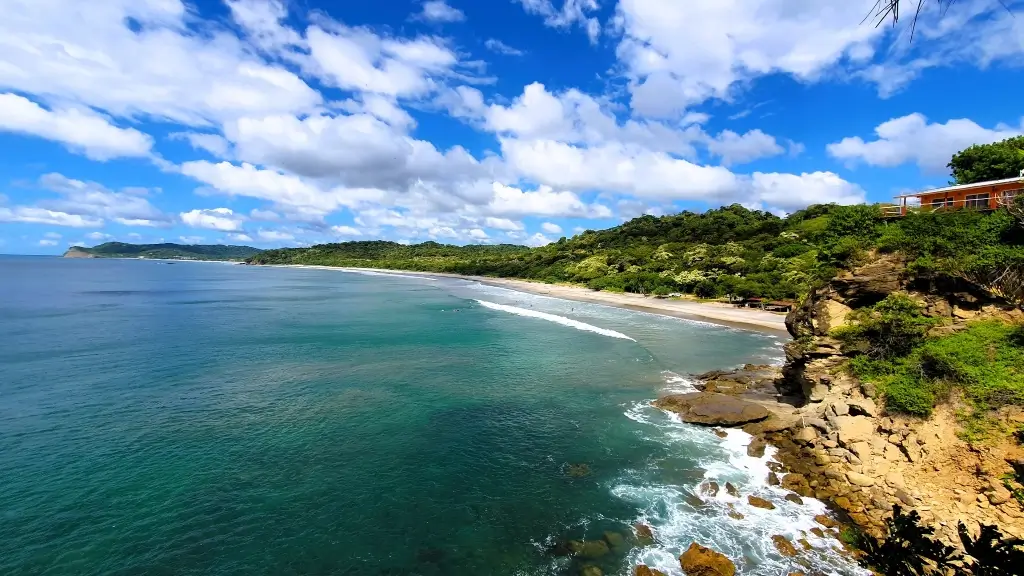
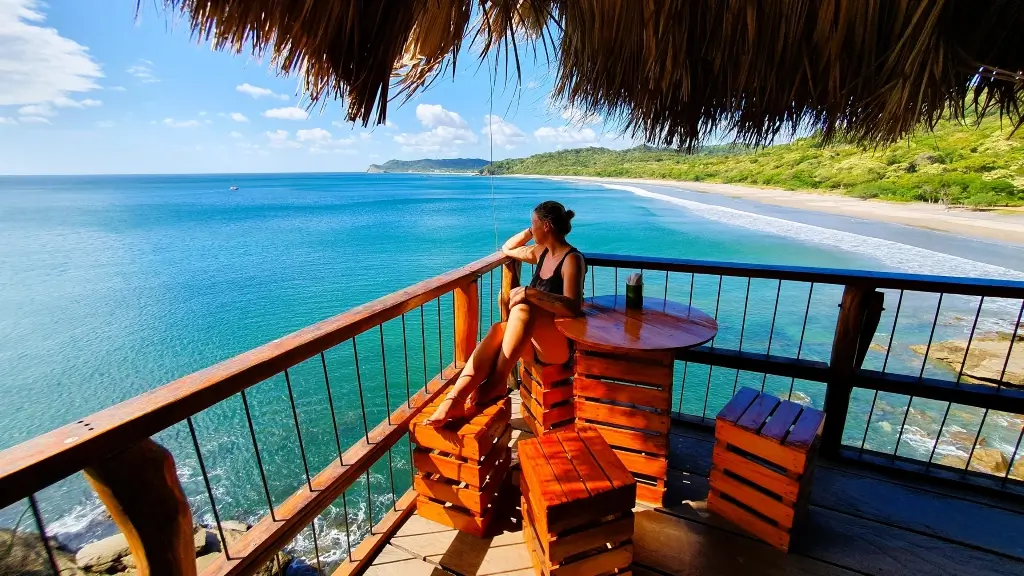
The Corn Islands: A Caribbean Paradise
The Corn Islands, consisting of Big Corn and Little Corn, are located about 70 kilometers off the coast in Nicaragua’s Caribbean Sea. These islands are a dream come true for anyone seeking a true tropical paradise. With palm-fringed beaches, crystal-clear waters, and top-notch diving, the Corn Islands are the perfect escape for relaxation and underwater exploration. A secluded haven for backpackers looking to experience the untouched beauty of the Caribbean.
How to Get There
To reach the Corn Islands, you can take a short flight from Managua. Alternatively, for a more adventurous journey, catch a bus from Managua to El Rama, then take a boat along the river to Bluefields. From Bluefields, continue by boat to Big Corn Island, where you’ll be greeted by a relaxed, Caribbean vibe that’s perfect for unwinding after the journey.
What to Expect
Big Corn Island is the larger of the two and boasts wide beaches, crystal-clear water, and a laid-back atmosphere. You can easily explore the island on a cheap bus, where the ride often becomes a mini-party with loud music and good vibes. Activities include snorkeling, diving, or simply soaking up the sun.
The real treasure, however, lies on Little Corn Island. Picture even clearer waters, quieter beaches, and no cars. You can spend days exploring, diving, snorkeling, and unwinding. Several affordable hostels and beachside restaurants serve fresh fish and coconut rice. Grab a hammock, enjoy the sunset, and let the island’s charm envelop you.
The Corn Islands are like Mexico’s Holbox, but better: cheaper, quieter, and full of adventure. If you’re seeking the ultimate backpacker experience, pack your bags and head to the Corn Islands!
Costs
A Snapshot of Our 3.5-Week Adventure
We spent 3.5 weeks (24 days) backpacking and hiking through Nicaragua, and the total cost for two people was 1,683 euros – an average of 70 euros per day. Nicaragua ranks as one of the most affordable countries we visited in Central America, along with Guatemala. Below is a breakdown of the costs for two people over 24 days.
Other Practical Information
Bus Travel in Nicaragua
Traveling by bus in Nicaragua is an affordable and authentic way to explore the country. The colorful „chicken buses“ not only offer a budget-friendly mode of transport but also allow you to experience local life up close. However, patience is key, as buses often depart only when they are full, especially the minibuses. To save time, it’s best to start early, as popular routes tend to fill up quickly, and delays can occur. Always keep small change on hand for easier payments. Overall, bus travel in Nicaragua is an exciting and relaxed way to explore the country!
ATM Fees in Nicaragua
ATMs are widely available in most cities and tourist areas and accept international Visa cards. However, it’s advisable to carry some cash in the local currency, the Córdoba, especially in rural areas and on islands like Ometepe, where card payments are rare.
Almost all ATMs charge a withdrawal fee. For example, during our trip, we withdrew money three times and paid fees ranging from 147 to 185 Cordobas (approximately 3.70 to 4.65 euros) per transaction. Additionally, most ATMs allow withdrawals of around 250 USD per transaction, so it’s a good idea to withdraw larger amounts to minimize fees.
Visa and Penalty Fees, Entry, and Exit Fees
Nicaragua allows you to travel visa-free for up to 90 days. However, if you’re traveling longer through Central America and visiting other countries, you should be aware of the CA-4 visa. This visa limits you to 90 days across four countries: Guatemala, El Salvador, Honduras, and Nicaragua.
When entering Nicaragua overland, there are both entry and exit fees to consider. The entry fee is typically around 13 USD, made up of a 10 USD Tourist Card fee and a 3 USD service/processing fee. Be prepared to pay this fee in cash, as card payments are often not accepted.
There’s also an exit fee of around 8 USD, which should also be paid in cash.
If you overstay your visa, as we did by a few days, you’ll need to pay a penalty at the border. This usually involves a 10 USD processing fee plus 3 USD for each day you’ve overstayed. If you plan to stay longer in Nicaragua, you can extend your visa in Managua or León, typically for 25-30 USD. We recommend considering whether the extension is worth it for your itinerary.
How Good Should Your Spanish Be?
Spanish is the official language in Nicaragua, and the majority of the population speaks it exclusively. English is spoken only in tourist areas and even then, it’s limited. If you’re traveling independently, it’s highly recommended to have at least basic knowledge of Spanish. You don’t need to be fluent, but knowing simple phrases and essential vocabulary will make your journey much smoother and allow you to interact with locals more easily.
In tourist centers like León, Granada, and Ometepe, many people have at least a basic command of English, particularly in hostels, hotels, restaurants, and tour services. These areas cater to tourists, so English is more common. However, if you venture outside the tourist hotspots, especially in smaller towns or rural areas, English is less likely to be spoken. In these places, Spanish will be essential for getting by. Even when using public transport, knowing basic Spanish will be very helpful for asking directions, checking prices, and ordering food at restaurants or markets.
Safety in Nicaragua
Nicaragua is a popular destination for backpackers, and you’ll meet like-minded travelers almost everywhere. As with any destination, there are safety considerations to keep in mind to ensure a smooth and enjoyable trip. Here are some key safety tips:
- Cities and Regions: Cities such as León, Granada, and Ometepe are popular among backpackers and are generally safe. However, it’s important to exercise extra caution in the capital, Managua, particularly after dark, as thefts and muggings can happen. Stick to busier areas and avoid risky neighborhoods, particularly at night.
- Valuables: As with any place, theft is a possibility, so be mindful of your belongings. Avoid displaying valuable items like expensive smartphones, watches, or jewelry when you’re out and about. Always store your passport securely in your accommodation and carry a copy with you (a photo on your phone is fine).
- Transportation: Keep your hand luggage close to you, especially when traveling. On public buses, your larger backpack is typically stored under the seat or on the roof.
- Outdoor Activities: If you’re heading out to hike or explore, ask your accommodation about the safety of the area. Nicaragua is known for its active volcanoes, so make sure you check whether a region is safe for hiking at the time of your visit.
Crossing the Border to El Salvador
During our journey through Central America, we crossed the border from San Miguel (El Salvador) to León, Nicaragua, by chicken bus. You also have the option of taking a shuttle or boat for this route.
For detailed information on crossing the border, check out our guide ”Crossing the Border from El Salvador to Nicaragua”.
If you’re traveling from Nicaragua to El Salvador, simply follow the instructions in reverse.

